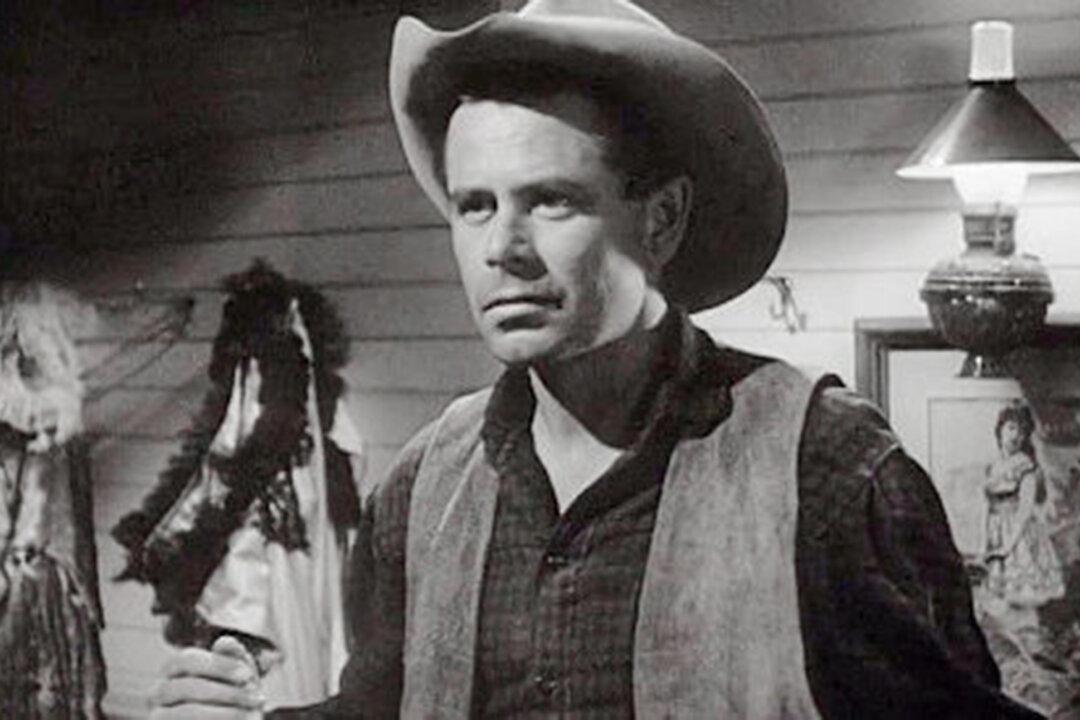NR | 1h 22m | Drama, Romance, Western | 1951
Often, after wars and conflicts end and a victor is determined, hostilities persist. After World War II ended, bombings continued in Germany, destroying cities and killing over 2 million citizens.

NR | 1h 22m | Drama, Romance, Western | 1951
Often, after wars and conflicts end and a victor is determined, hostilities persist. After World War II ended, bombings continued in Germany, destroying cities and killing over 2 million citizens.